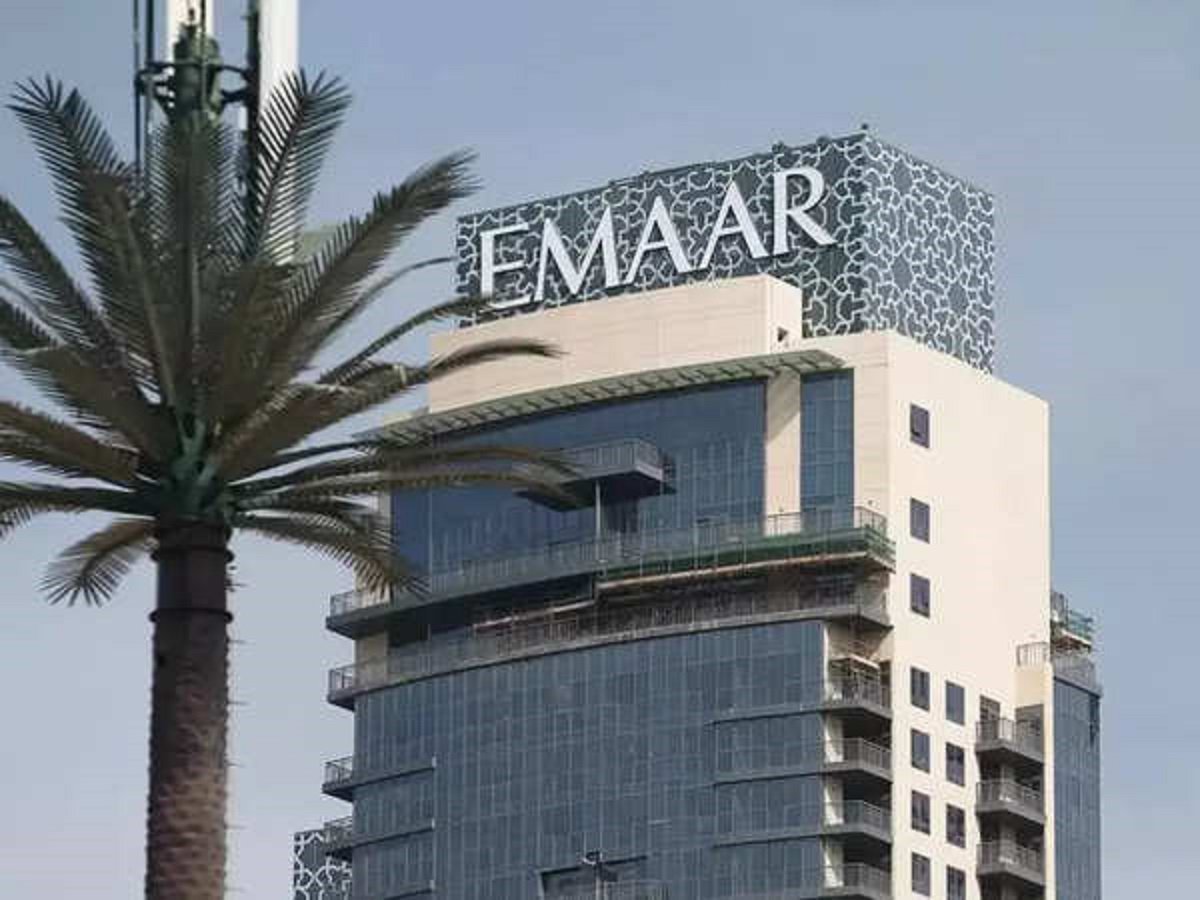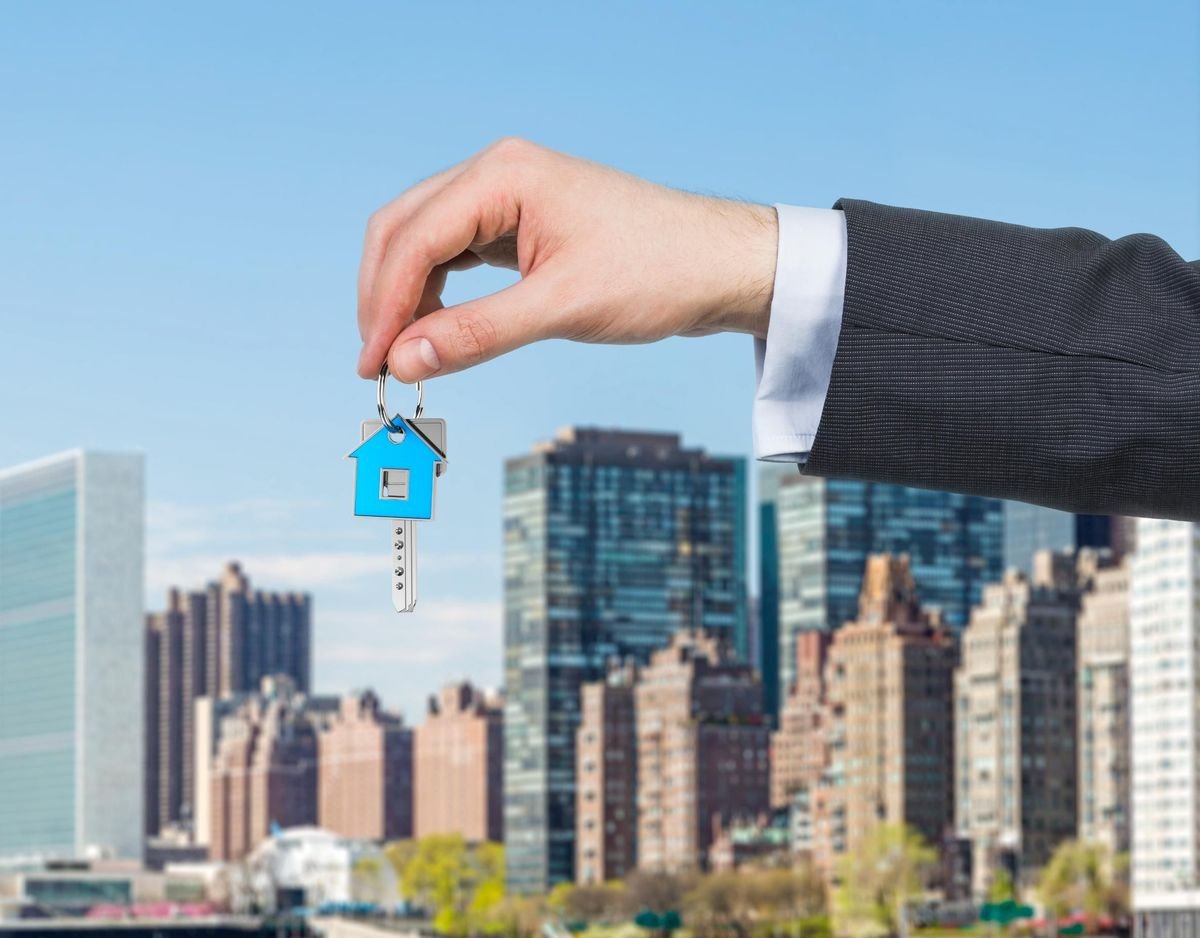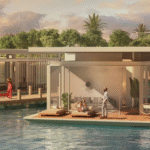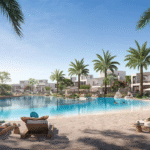Now Reading: Dubai Real Estate Market Forecast 2025: Key Trends and Opportunities for U.S. Investors
-
01
Dubai Real Estate Market Forecast 2025: Key Trends and Opportunities for U.S. Investors
Dubai Real Estate Market Forecast 2025: Key Trends and Opportunities for U.S. Investors

Table of Contents
Dubai’s real estate market is a magnet for global investors, and U.S. investors are increasingly turning to this vibrant city for its high returns and stability. In 2024, the emirate recorded 226,000 property transactions worth AED 761 billion (USD 207 billion), a 36% surge in volume and 20% in value from the previous year, as reported by the Dubai Land Department (DLD).
The momentum continued into Q1 2025, with 45,474 transactions totaling AED 142.7 billion, driven by strong demand from both residents and international buyers. With a projected CAGR of 8.5% through 2030, Dubai offers a unique blend of luxury, affordability, and innovation, making it an attractive alternative to U.S. markets like New York or Miami. underscores Dubai’s resilience, citing its economic diversification and investor-friendly policies. Here’s a deep dive into the key trends and investment opportunities for U.S. investors in Dubai’s real estate market for 2025.
Key Trends Shaping Dubai’s Real Estate Market

1. Robust Price and Rental Growth
Dubai’s property market is set for steady growth, with residential prices expected to rise by 5-8% in 2025, according to industry forecasts. Luxury areas like Palm Jumeirah and Downtown Dubai could see increases of up to 10%, driven by demand from high-net-worth individuals (HNWIs). Rental yields remain a standout feature, averaging 7%, compared to 4.2% in New York or 5.1% in Miami.
Short-term rentals, fueled by Dubai’s tourism boom, are projected to grow by 18%, while long-term rentals are expected to rise by 13%, driven by a growing expatriate population (88% of Dubai’s residents in 2025). For U.S. investors, these yields offer a compelling alternative to domestic markets, where returns are often lower. ranks Dubai among the top cities for global HNWIs, highlighting its investment appeal.
2. Off-Plan Properties Leading the Market
Off-plan properties continue to dominate, accounting for 56% of transactions in Q1 2025. Developers like Emaar, DAMAC, and Nakheel offer flexible payment plans, making these projects attractive for U.S. investors seeking high returns. Areas like Dubai South, Emaar South, and The Valley are seeing strong demand due to their affordability and proximity to infrastructure projects like Al Maktoum International Airport. One-bedroom apartments, which comprised 68% of transactions in 2024, are particularly popular for their competitive pricing (starting at AED 800,000 or USD 218,000) and strong rental potential. Off-plan investments offer U.S. investors an opportunity to enter the market at lower prices with significant appreciation potential by completion.
3. Luxury Real Estate Surge
The luxury segment is a major driver, with a 62% increase in transactions for properties over AED 10 million (USD 2.7 million) in 2024. Prime locations like Palm Jumeirah, Dubai Marina, and Emirates Hills saw 23 sales exceeding AED 30 million in March 2025 alone. Branded residences, such as those by Emaar and Versace, are in high demand among U.S. investors, offering 7-9% rental yields and capital appreciation. The UAE’s Golden Visa program, granting 10-year residency for investments over AED 2 million, adds further appeal for U.S. buyers seeking long-term benefits. This trend aligns with Dubai’s position as a global luxury hub, attracting HNWIs from the U.S. and beyond.
4. Sustainability and PropTech Innovations
Sustainability is reshaping Dubai’s real estate, with 35% of sales in 2025 expected to involve green-certified properties, up from 15% in 2020. Developments like Dubai Sustainable City and Emaar’s The Oasis incorporate energy-efficient designs, solar panels, and smart home technologies, reducing operating costs by up to 20%. PropTech is revolutionizing the market, with blockchain-based platforms like the DLD’s Real Estate Tokenisation Project (launched in March 2025) streamlining transactions and enhancing transparency. AI-driven tools and virtual reality (VR) tours allow U.S. investors to explore properties remotely, cutting down on travel costs. These innovations align with Dubai’s Net-Zero 2050 goals, appealing to eco-conscious investors. highlights PropTech as a key driver of Dubai’s market efficiency.
5. Growth in Affordable Housing
While luxury grabs headlines, affordable housing is gaining traction in areas like Jumeirah Village Circle (JVC), Al Furjan, and Dubai Sports City. These neighborhoods offer apartments starting at AED 600,000 (USD 163,000) with rental yields of 7-8%. With 76,000 new housing units planned for 2025 and 182,000 by 2026, developers like Sobha and Danube are catering to young families and first-time buyers. For U.S. investors, these areas provide a low-risk entry point into a high-growth market, offering diversification from saturated U.S. markets like Austin or Denver.
6. Commercial and Industrial Sector Boom
Dubai’s role as a global business hub drives demand for commercial properties, with office occupancy rates reaching 94% in Q4 2024 and rents rising 17% year-on-year. Business Bay and Dubai International Financial Centre (DIFC) are top choices for U.S.-based finance and tech firms, offering 5-7% yields. The industrial sector, particularly in Dubai South and Jebel Ali Free Zone (JAFZA), is thriving due to e-commerce growth, with warehousing rents up 20% in Q1 2025. These sectors provide U.S. investors with stable, long-term income streams in a tax-free environment.
7. Tourism-Driven Developments
Dubai welcomed 18.7 million visitors in 2024, a 9% increase from 2023, boosting demand for short-term rentals and hospitality projects. Hotel occupancy reached 78%, with Revenue Per Available Room (RevPAR) up 1%. Mixed-use developments like Dubai Creek Harbour and Emaar Beachfront, integrating retail, residential, and leisure, are thriving under the Dubai 2040 Urban Master Plan. These projects are ideal for U.S. investors seeking properties in tourist-heavy areas like Dubai Marina, which offer occupancy rates above 75%.
Top Investment Opportunities for U.S. Investors

1. Off-Plan Properties in Emerging Areas
Emerging hubs like Dubai South and Emaar South offer 6.5-8.5% rental yields and lower entry costs (apartments starting at AED 800,000). Their proximity to infrastructure projects like Expo City ensures strong appreciation. U.S. investors can secure properties early, maximizing returns by completion.
2. Luxury Properties for High Returns
Villas and branded residences in Palm Jumeirah or Dubai Hills Estate provide 7-9% yields and appeal to HNWIs. The Golden Visa program enhances long-term value for U.S. buyers seeking residency benefits.
3. Sustainable and Smart Developments
Green-certified projects like The Oasis or Sobha’s The Horizon offer cost savings and align with global sustainability trends, attracting eco-conscious U.S. investors.
4. Commercial and Industrial Assets
Office spaces in Business Bay and warehousing in Dubai South provide stable income, with a projected 10.7% CAGR for commercial real estate through 2030. These are ideal for U.S. investors diversifying into commercial portfolios.
5. Short-Term Rental Market
Properties in Dubai Marina or Downtown Dubai offer occupancy rates above 75%, driven by tourism and global events like GITEX, making them perfect for U.S. investors seeking passive income.
Challenges to Navigate
Despite its strengths, Dubai faces potential challenges. An influx of 76,000 new units in 2025 and 182,000 by 2026 could stabilize prices in some segments, particularly mid-range apartments. Global economic uncertainties, such as interest rate hikes (UAE mortgage rates at 4-6%), may impact financing costs for non-residents. U.S. investors should work with RERA-registered agents and conduct thorough due diligence to mitigate risks, ensuring compliance with DLD regulations.
Why U.S. Investors Should Act in 2025
Dubai’s real estate market offers U.S. investors a unique combination of high yields, tax-free returns, and a stable economic environment, with a projected GDP growth of 4.5% in 2025. The UAE’s removal from the FATF Grey List in 2024 and enhanced anti-money laundering regulations boost investor confidence. Policies like 100% foreign ownership in freehold zones and the Golden Visa program make Dubai more attractive than U.S. markets with lower yields and higher taxes. By targeting off-plan projects, luxury residences, or commercial properties, U.S. investors can diversify their portfolios and capitalize on Dubai’s growth.
Conclusion

Dubai’s real estate market in 2025 is a dynamic landscape of opportunity, driven by price growth, tourism, sustainability, and PropTech innovation. For U.S. investors, the market offers diverse options, from affordable apartments in JVC to luxury villas in Palm Jumeirah and commercial spaces in Business Bay. With strategic planning and professional guidance, U.S. investors can maximize returns in a tax-free, high-growth environment. As Dubai continues to evolve as a global hub, 2025 is the perfect time to invest in its vibrant real estate market.
WATCH MORE: https://www.youtube.com/watch?v=W0lFnrttE20
READ MORE: Compliance and Reporting Obligations for UAE Property Owners: 2025 Tax Year






















